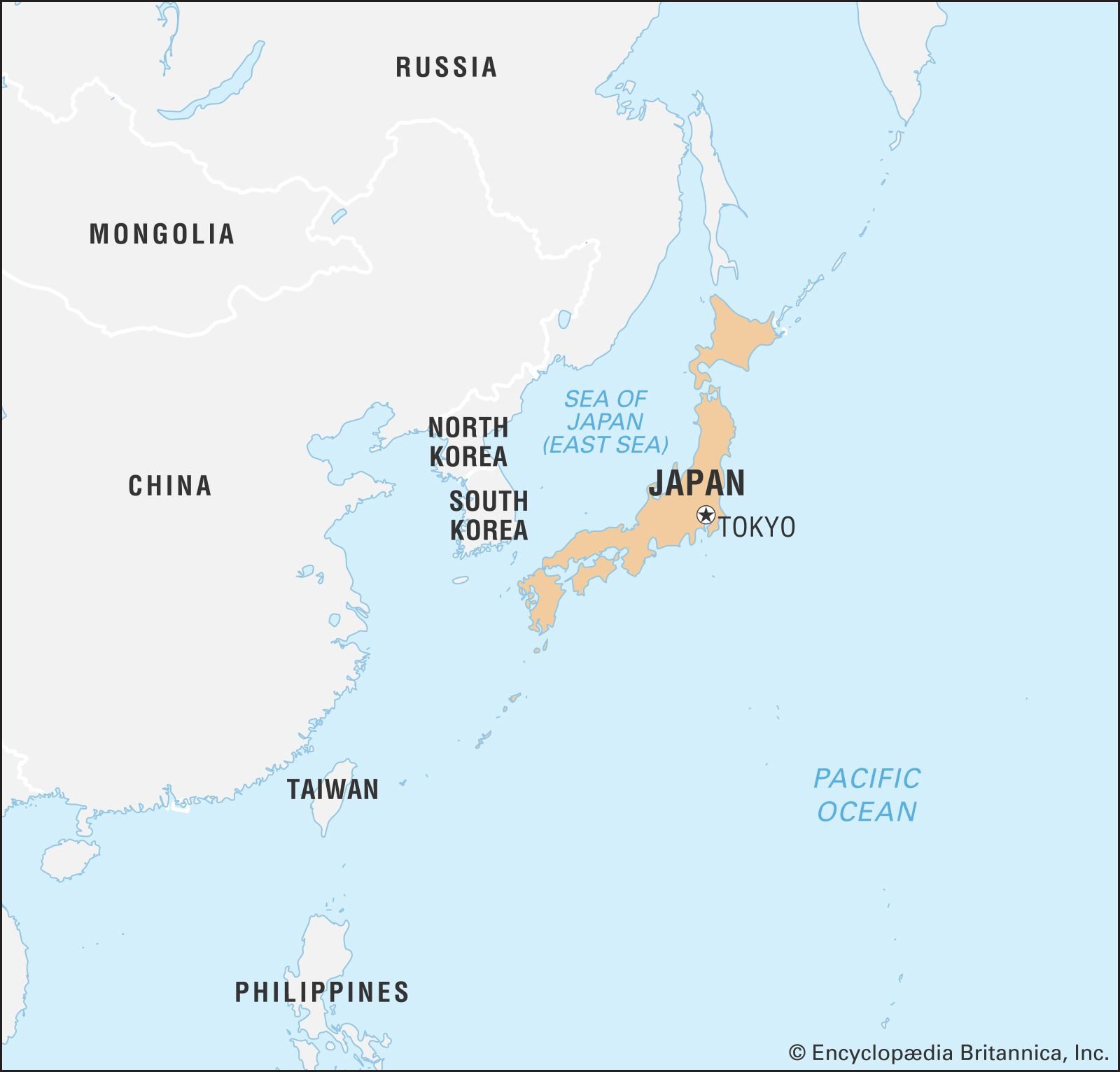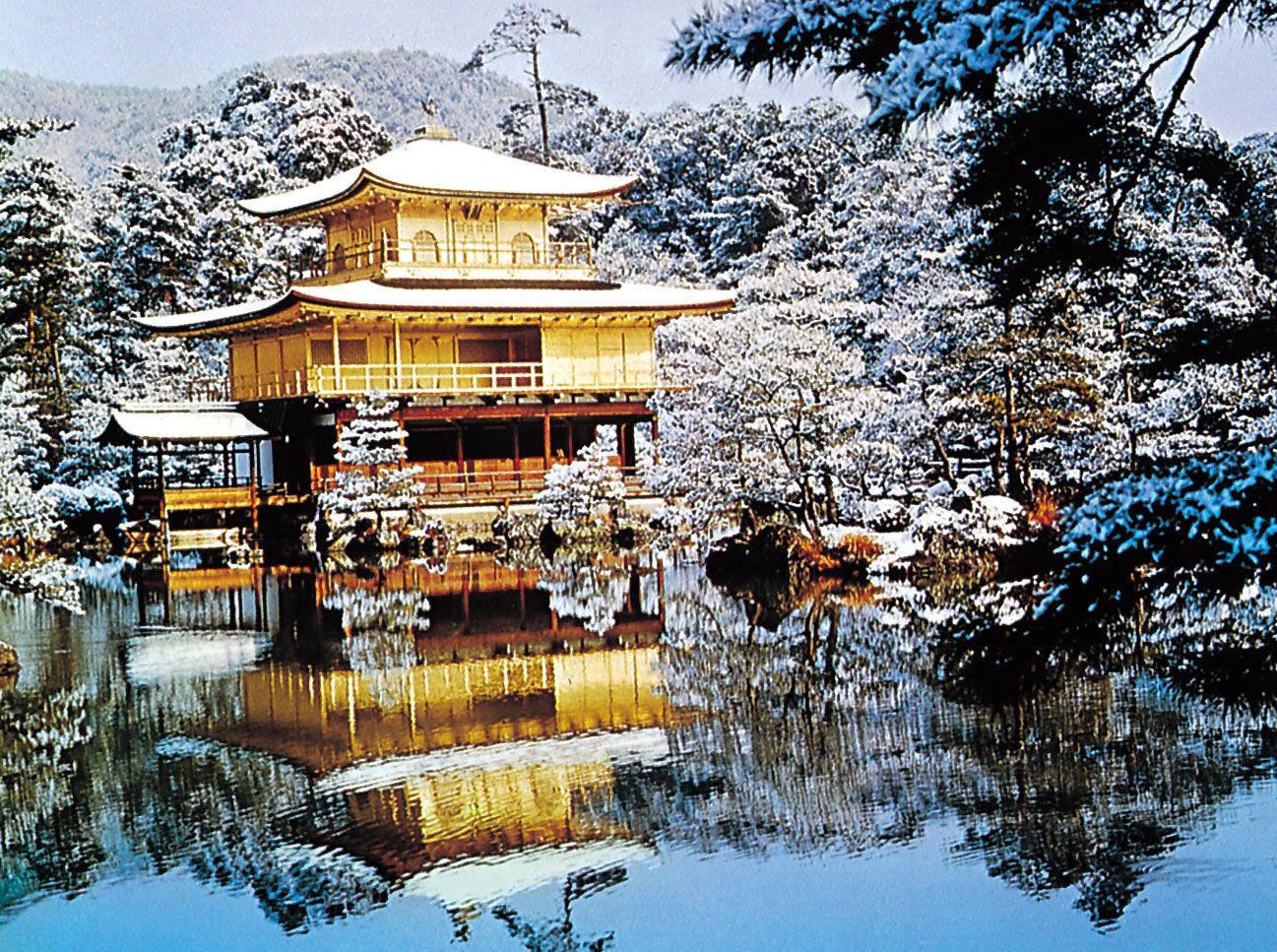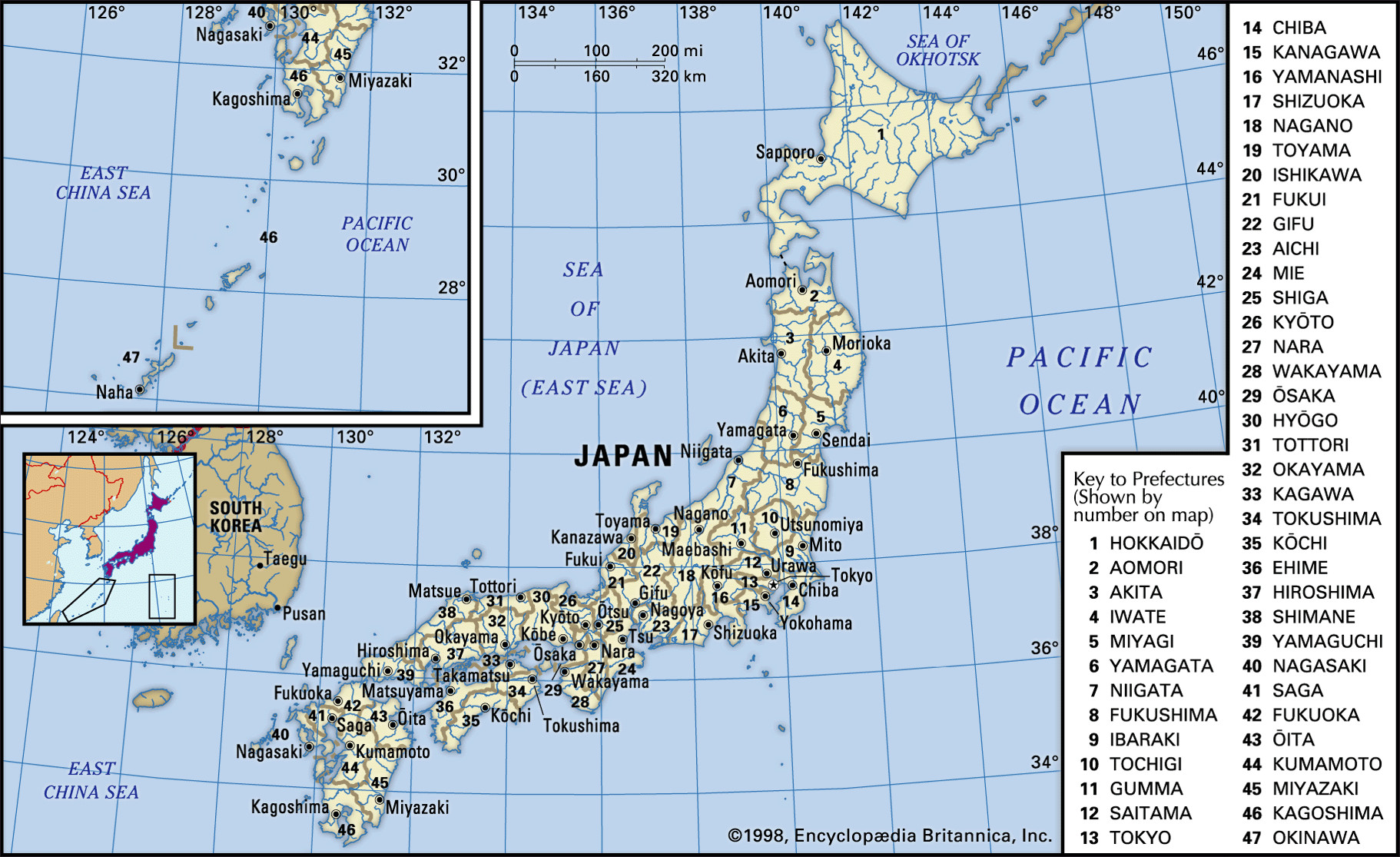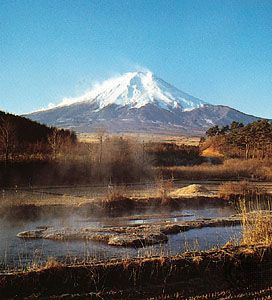Japan, often referred to as the “Land of the Rising Sun,” is a fascinating country steeped in rich culture and history, and renowned for its technological advancements and breathtaking landscapes. But Where Is Japan exactly? Understanding Japan’s location is key to appreciating its unique geographical context and its influence on the world stage.
Japan is situated in East Asia, lying off the eastern coast of the Asian continent. More specifically, it’s positioned in the northwestern part of the Pacific Ocean, to the east of the Korean Peninsula, China, and Russia. This archipelago, stretching in a northeast-southwest arc, spans approximately 1,500 miles (2,400 kilometers).
Japan’s location as an island country in East Asia, highlighting its proximity to major continental powers and the Pacific Ocean.
Key Geographical Facts About Japan’s Location
To pinpoint where Japan is, it’s essential to understand some fundamental geographical details:
Island Nation in the Pacific
Japan is an island country, or archipelago, composed of thousands of islands. However, the vast majority of its landmass is concentrated in four main islands:
- Honshu (Honshū): The largest island, home to major cities like Tokyo, Osaka, and Kyoto.
- Hokkaido (Hokkaidō): Located to the north, known for its distinct climate and natural beauty.
- Kyushu (Kyūshū): Situated to the southwest, known for its volcanic activity and historical significance.
- Shikoku (Shikoku): The smallest of the four main islands, located between Honshu and Kyushu.
Beyond these major islands, Japan includes numerous smaller island groups, including the Ryukyu Islands (Nansei Islands) to the southwest, which include Okinawa, and the Izu, Bonin (Ogasawara), and Volcano (Kazan) Islands stretching south and east.
Capital City: Tokyo
The capital of Japan is Tokyo (Tōkyō), a megacity located in east-central Honshu. Tokyo is not only the political and economic center of Japan but also one of the most populous metropolitan areas in the world, acting as a global hub for culture, finance, and innovation.
 Japan Locator Map Showing Tokyo
Japan Locator Map Showing Tokyo
Locator map of Japan in relation to surrounding countries and oceans, emphasizing the position of Tokyo as the capital.
Borders and Seas Surrounding Japan
Understanding where Japan is also involves looking at its maritime borders and neighboring regions. Japan is bordered by several seas and straits:
- Sea of Japan (East Sea): To the west, separating Japan from the Korean Peninsula, North Korea, South Korea, and southeastern Siberia in Russia.
- Sea of Okhotsk: To the north.
- Pacific Ocean: To the east and south, a vast expanse shaping Japan’s climate and marine environment.
- East China Sea: To the southwest, separating Japan from China.
Key straits include the La Perouse (Sōya) Strait to the north, separating Japan from Russia’s Sakhalin Island, and the Korea Strait/Tsushima Strait to the west, between Japan and South Korea.
Topography: Mountains and Volcanoes
Japan’s landscape is predominantly mountainous, with over 80% of its land surface covered by mountains. This rugged terrain is a result of intense geological activity over millions of years.
Mountainous Terrain
The Japanese archipelago is part of the Pacific Ring of Fire, a region known for its intense seismic and volcanic activity. This has resulted in a landscape characterized by steep mountains, deep valleys, and relatively small plains, mostly located along the coast. There are no extensive plains inland like in many continental countries.
Volcanoes and Mount Fuji
Japan has numerous active and dormant volcanoes. The most iconic of these is Mount Fuji (Fuji-san), an active stratovolcano and the highest peak in Japan, reaching an elevation of 12,388 feet (3,776 meters). Mount Fuji is not only a national symbol but also a significant part of Japan’s cultural and spiritual landscape.
Mount Fuji, Japan’s highest and most iconic mountain, located on Honshu Island, symbolizing the country’s volcanic landscape.
Coastal Features
Japan’s coastline is diverse and complex, featuring headlands, bays, and varied geological formations. The coastal areas are densely populated, especially along the Pacific coast of Honshu, where major cities and industrial zones are concentrated.
Japan’s Location: A Synthesis
So, where is Japan? In summary, Japan is an island nation located in East Asia, in the northwestern Pacific Ocean. Its location off the coast of the continent has shaped its history, culture, and development. Being an archipelago, Japan’s geography is defined by its islands, mountainous terrain, and volcanic activity. From the bustling metropolis of Tokyo to the serene beauty of Mount Fuji, Japan’s geographical location is fundamental to understanding its unique identity and global significance.
 Kinkaku-ji Temple in Kyoto, Japan
Kinkaku-ji Temple in Kyoto, Japan
The Kinkaku-ji (Golden Pavilion) in Kyoto, showcasing Japan’s cultural heritage and the beauty found across its diverse locations.
 Akihabara, Tokyo – Modern Urban Landscape
Akihabara, Tokyo – Modern Urban Landscape
Akihabara district in Tokyo, representing the modern, technologically advanced aspect of Japan found in its major urban locations.


 Mount Fuji Location in Japan
Mount Fuji Location in Japan